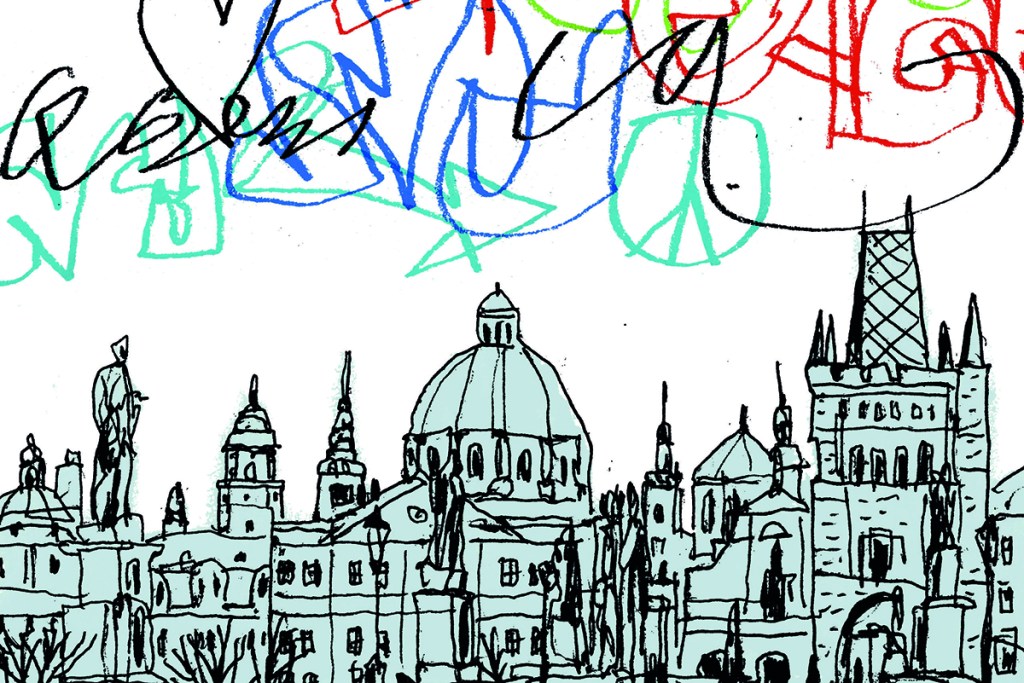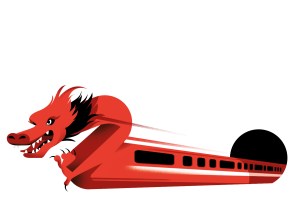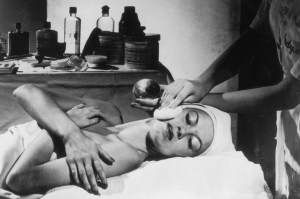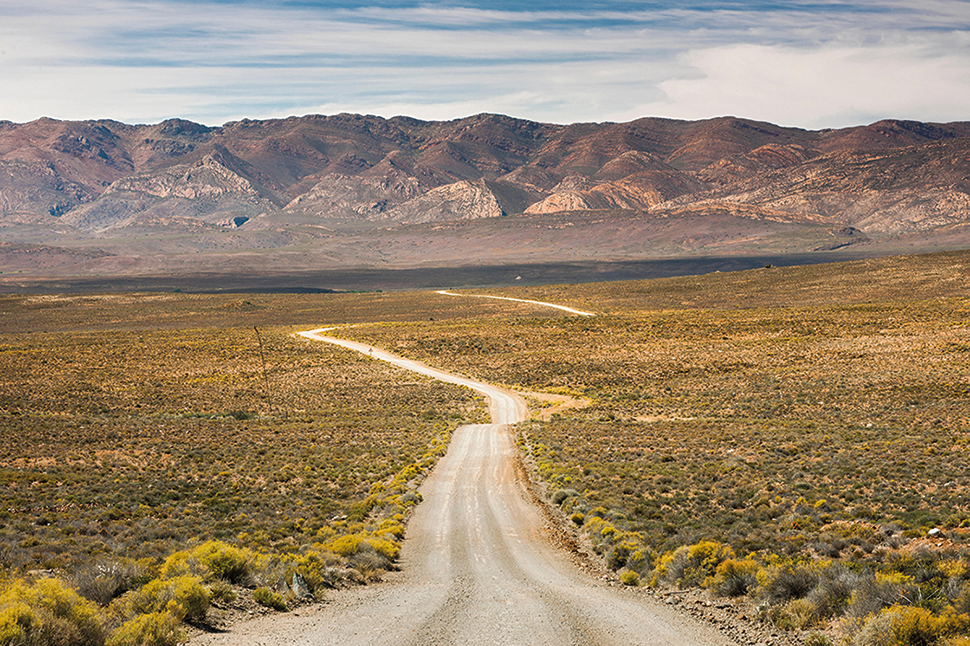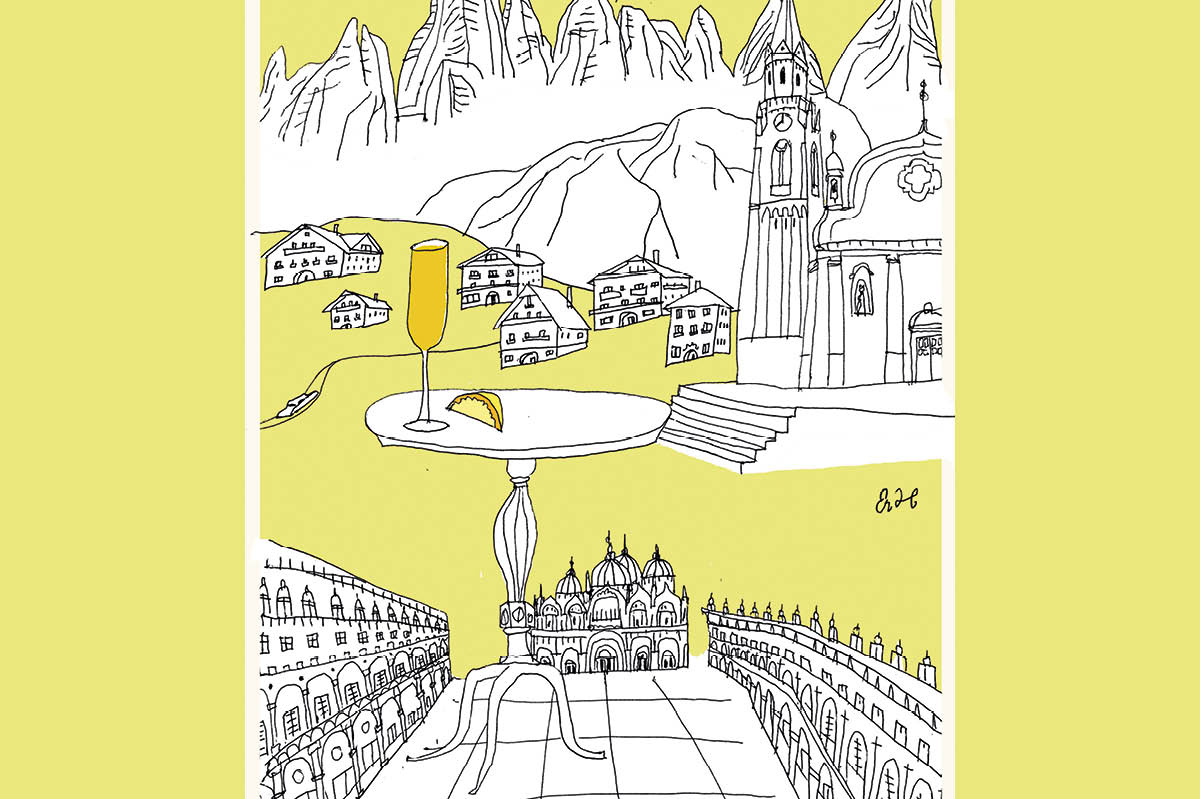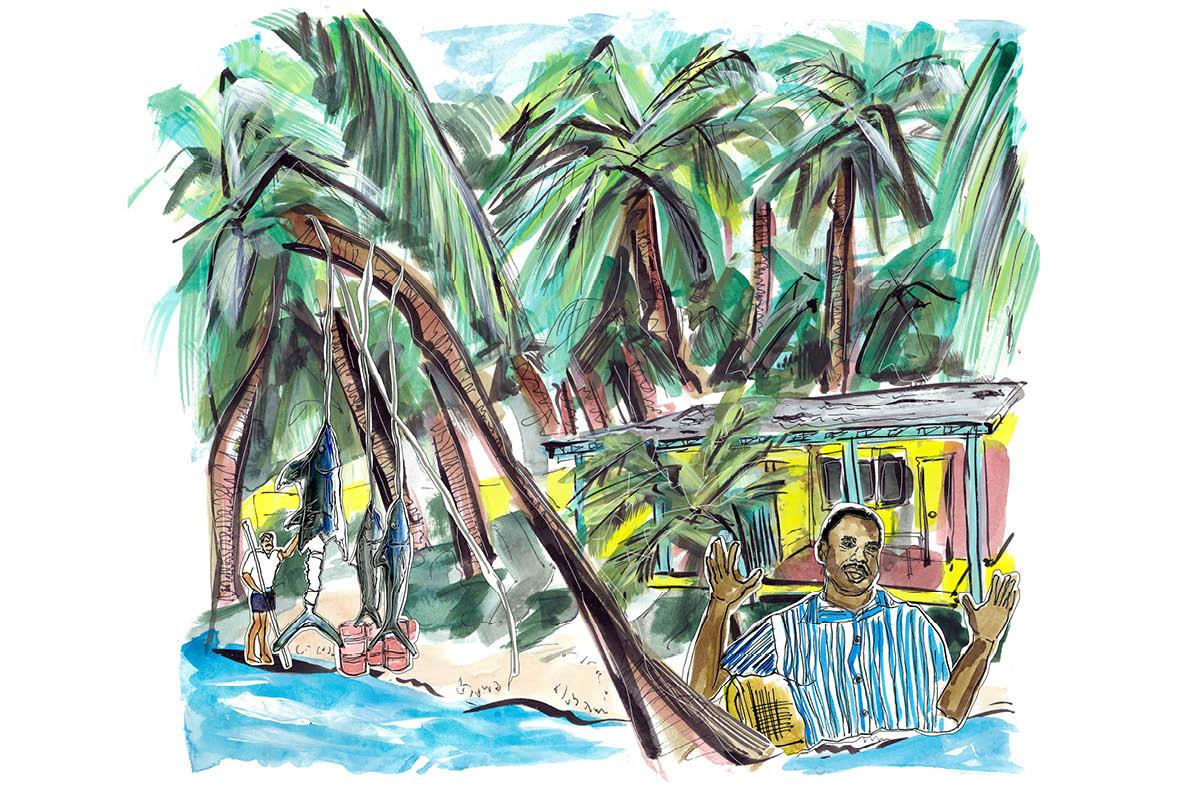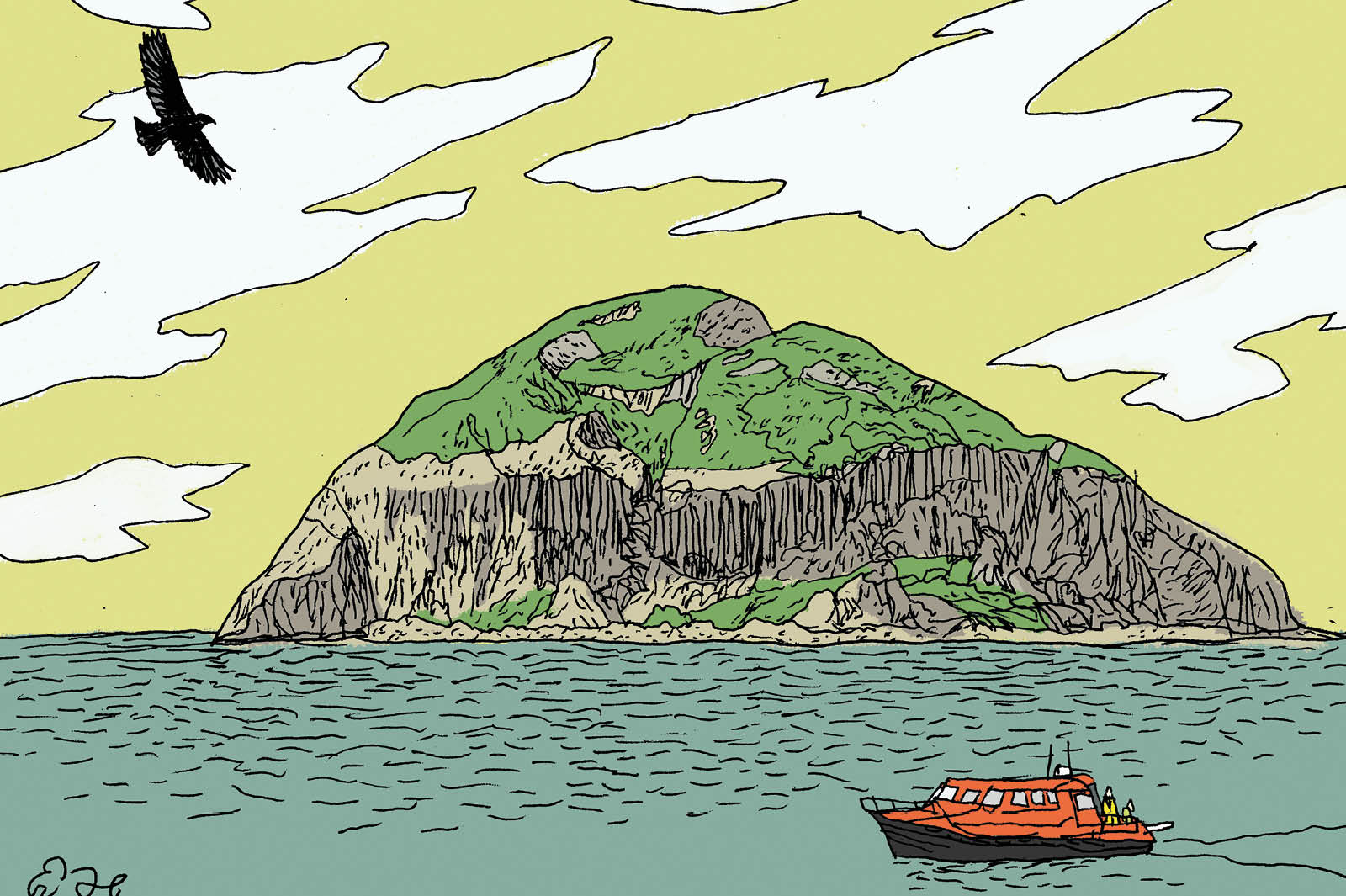Prague has a graffiti problem. This becomes apparent as the train pulls towards the nineteenth-century Masarykovo Nadrazi station, through the old industrial east of the city. Huge derelict warehouses, some from the communist era, others much older, are covered top to bottom in scrawls and daubs amidst collapsed roofs and glassless windows. It’s unlikely to stay this way for long, though; Prague’s answer to gentrification is swiftly transforming previously rundown areas of the city, making it worth a venture off the beaten track.
For all the genteel architecture at its heart, the graffiti is a sign of a city unafraid to show discontent. Trapped behind the Iron Curtain for so long, progress was, for decades, conducted at the whim of communist governments. The Czech capital has seen two vicious occupations and three uprisings in the past eighty years. In 1945, the station was used by the Nazi SS to execute rebels. Its history is not always a happy one, and the fate of the warehouses is just the latest chapter.
But not all progress is destructive here — quite the opposite. Outside Masarykovo Nadrazi, the point at which the city’s protected architectural area begins, you come across the best coffee shop in town: EMA, a tiny cafe built into an old 1920s block which now houses the Institute of Czech Literature. It is an unassuming place, but poignantly located, given that even as recently as 1989, many of the academics and writers working there could not study, let alone publish, freely.
Where EMA is modern and trendy, Prague has no shortage of traditional grand coffeehouses. Café Louvre and Café Slavia, both on Narodni Trida, are old restaurants where one can sit and read the best of the international press, over the heavy dumplings and meat dishes that have been warming the hearts of everyone from Havel to Kafka for centuries, for about the cost of an indulgent McDonald’s. The Grand Café Orient, meanwhile, is a slightly younger establishment, based in the “House of the Black Madonna,” which forms part of a small cubist enclave dating from the early 1900s.
Before exploring the city center, a short walk east brings you to Karlin, one of the best examples of modernization in Central Europe. This is not the Prague of the postcards, but the buildings have been carefully renovated following devastating floods in 2002. Before then, the area could have been described as a no-go zone, but now is one of the most attractive destinations for the young elite. The Forum Karlin, a converted warehouse, is a large, sleek concert venue that is a far cry from the rigidity of the neo-renaissance National Theatre. It is also home to Eska, a famous local restaurant with a modern spin on stodgy Czech fare. But if you seek well-being, rather than just being well fed, Karlin is also the home of the best aerial yoga classes an Instagrammer could wish for.
In the other direction lies the Old Town and, over the Charles Bridge straddling the Vltava, the imposing Prague Castle. A piece of advice a local might share with you would be to always to walk in the opposite direction to the crowds. There is no shortage of quaint old streets in this place, if you want to experience the true nature of a city that seem overrun by tourists and stag parties. Behind the castle is quieter, a labyrinth of dusty alleys and houses, interspersed with the odd palace here and the occasional monastery there.
Walking down from the castle back towards the river, through a sea of old palazzos (now government ministries) is a tranquil garden in the grounds of the Czech senate, Valdstejnska zahrada. Crossing the bridge back east, you find the Rudolfinum, now an art gallery and concert hall, and opposite it, the home of the Academy of Art, Architecture and Design. Every other street houses a historic site but Prague, though a prisoner of its heritage, is not a Disney castle. The design scene is as exciting as any Western metropolis, just on a slightly smaller scale and housed in protected period buildings, with local brands like Chatty, Leeda and the SmetanaQ complex all thriving.
This is a city made for Airbnb. Instead of hotels, apartments in Letna or Vinohrady, beautiful old residential areas, are the best places to stay, with airy parlor rooms overlooking Prague’s impressive hilly parks. Letna is close to the National Gallery’s modern art collection at the Veletrzni Palac, and the DOX Center for Contemporary Art. A bottle of wine at Havlickovy sady’s vineyard in Vinohrady (literally “Wineland”) will set you back about $15. In Letna, you can visit a site called Metronom, where a giant metronome sculpture stands in the spot once occupied by a fifty-ft statue of Joseph Stalin.
This article was originally published in The Spectator’s December 2021 World edition.



